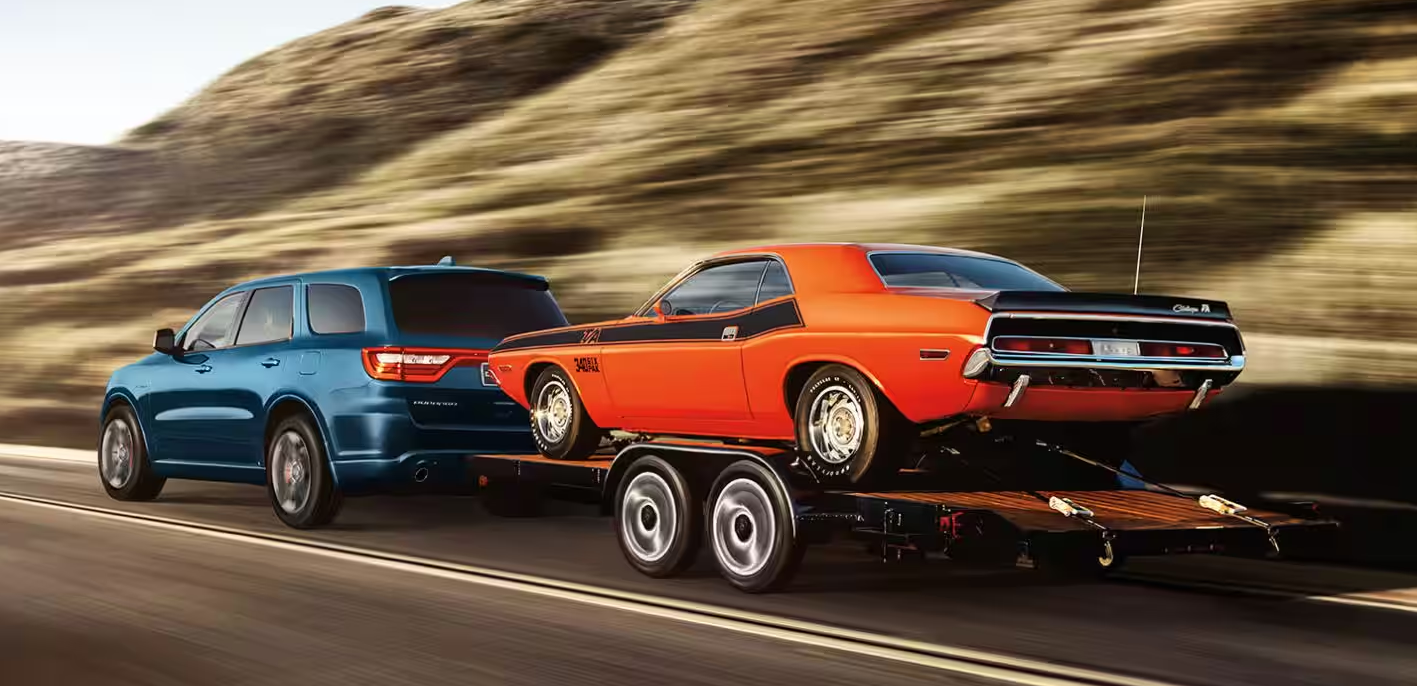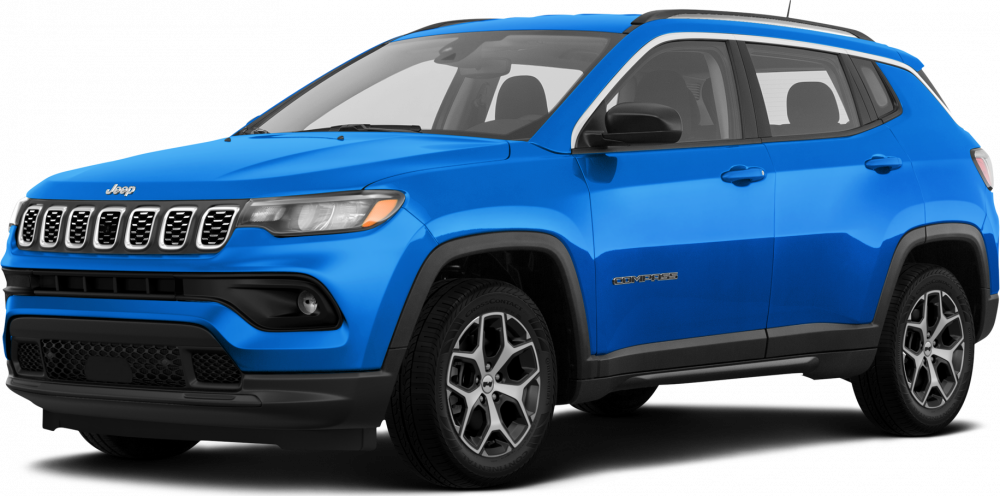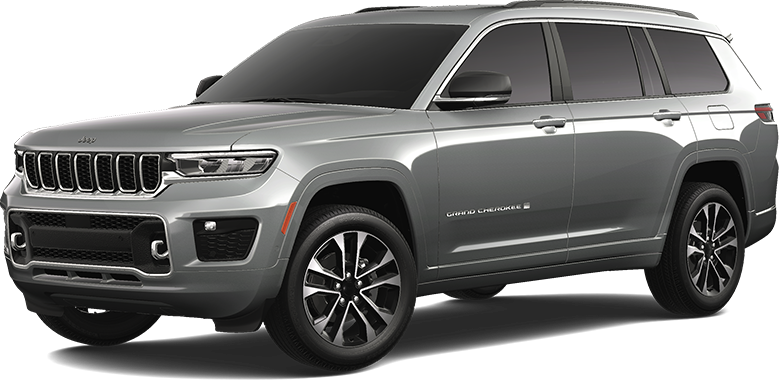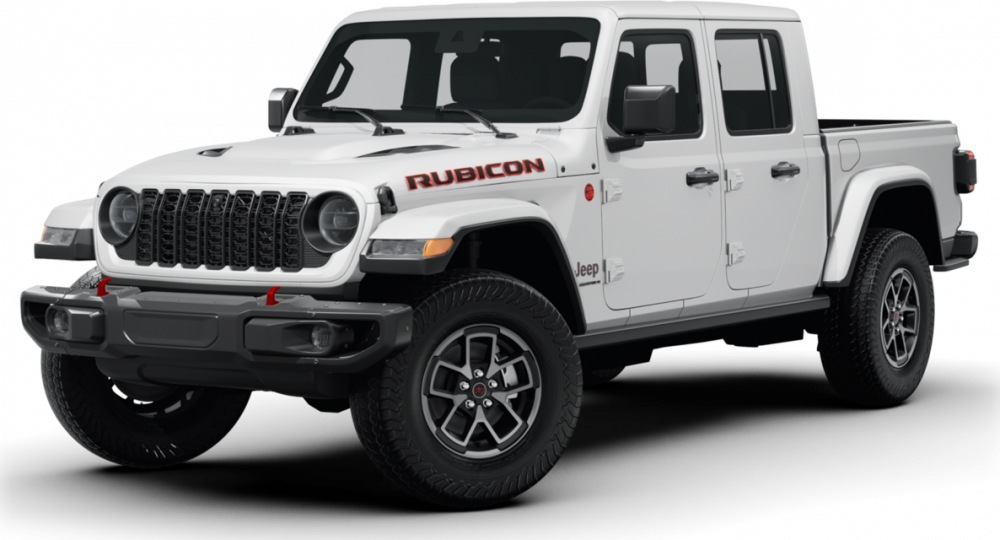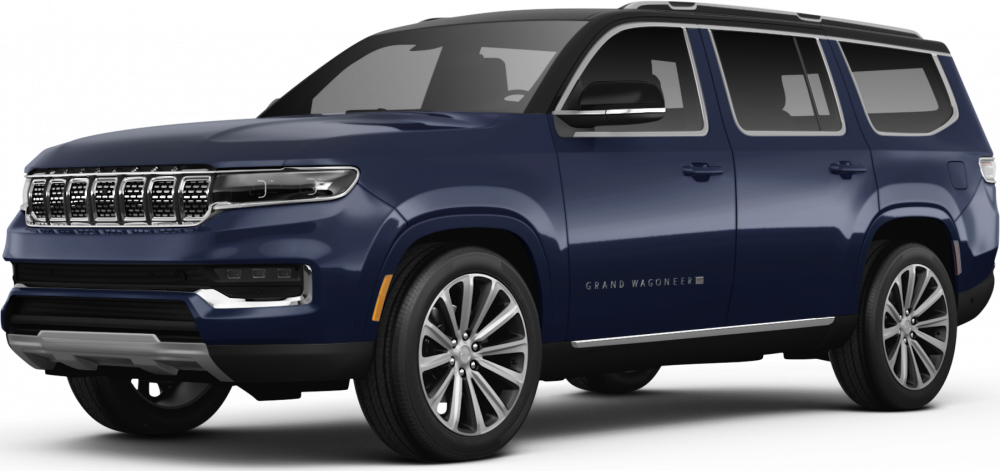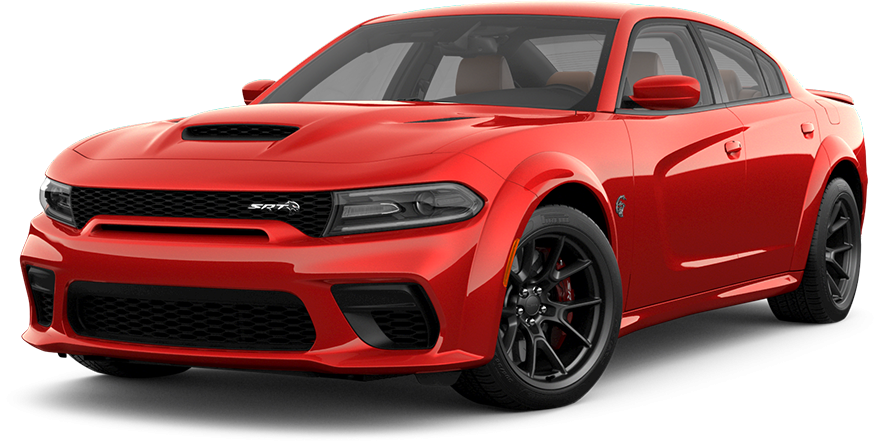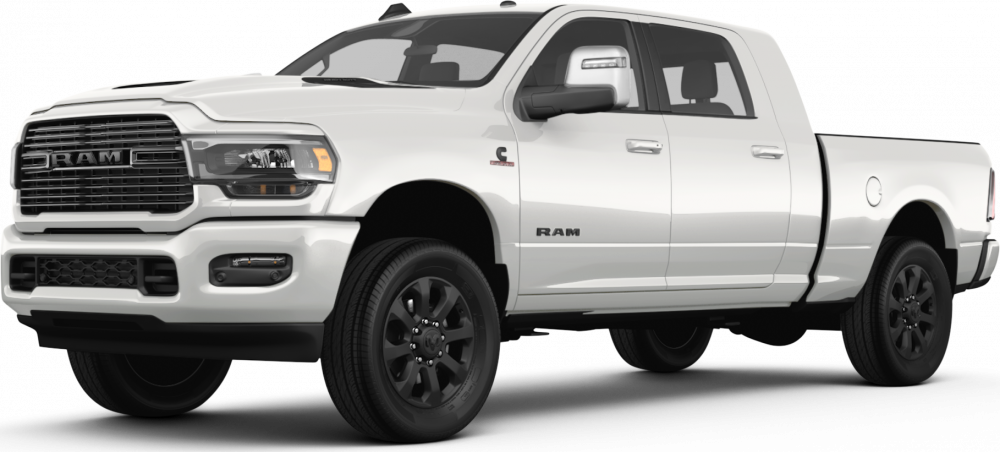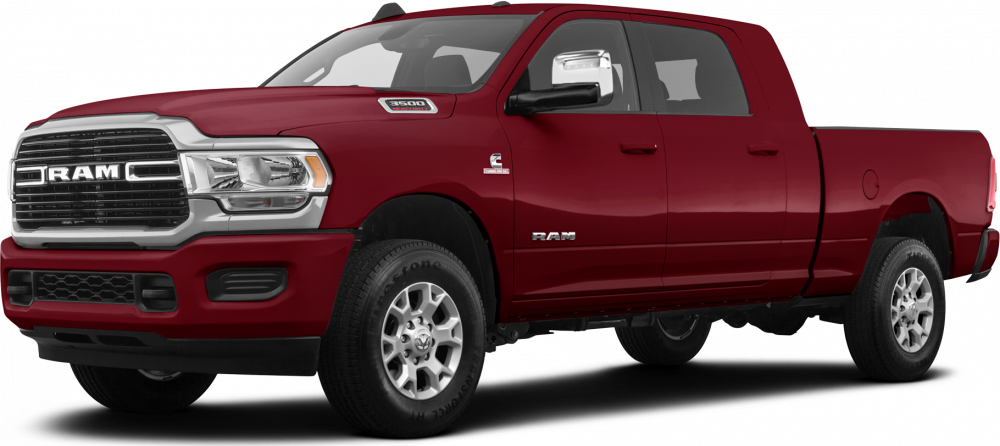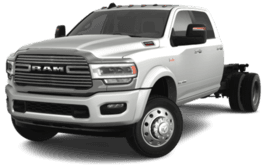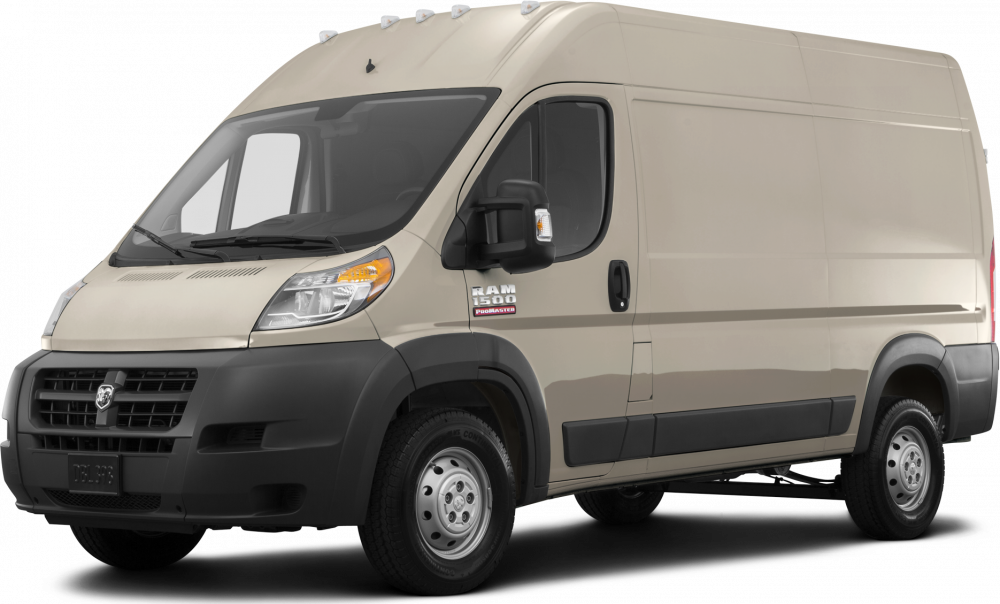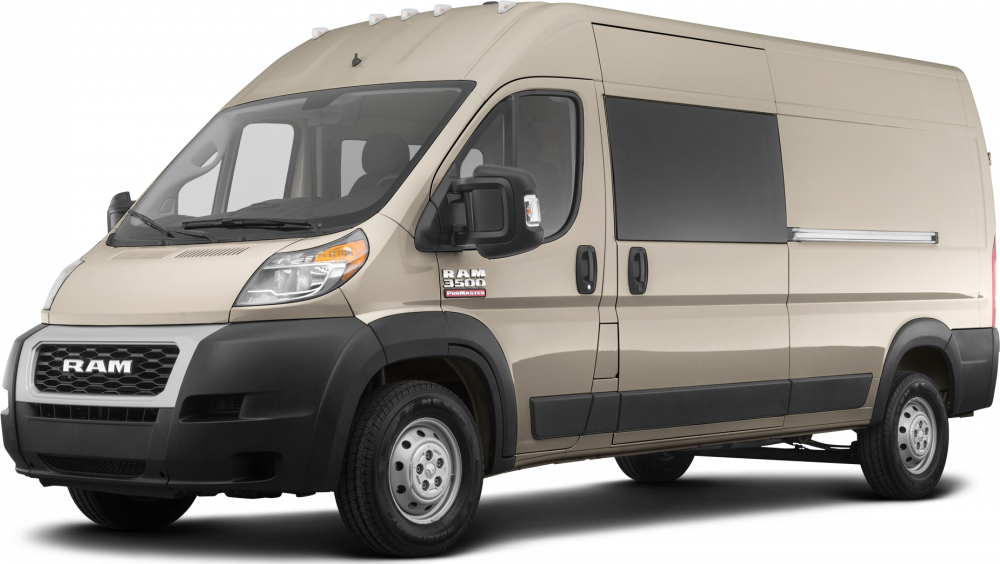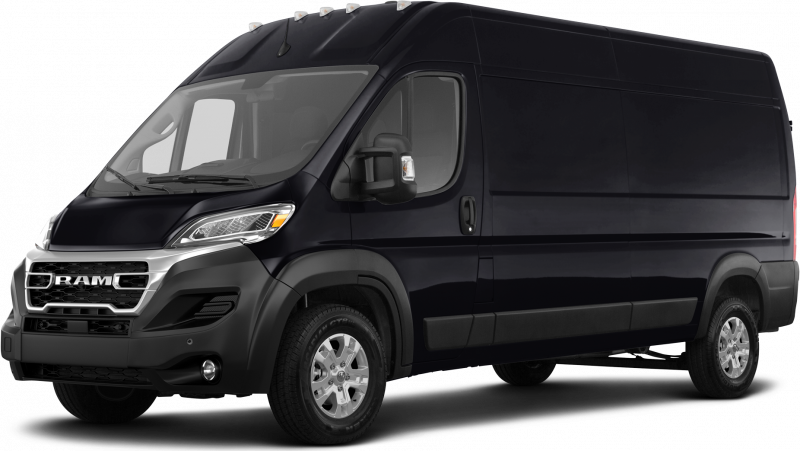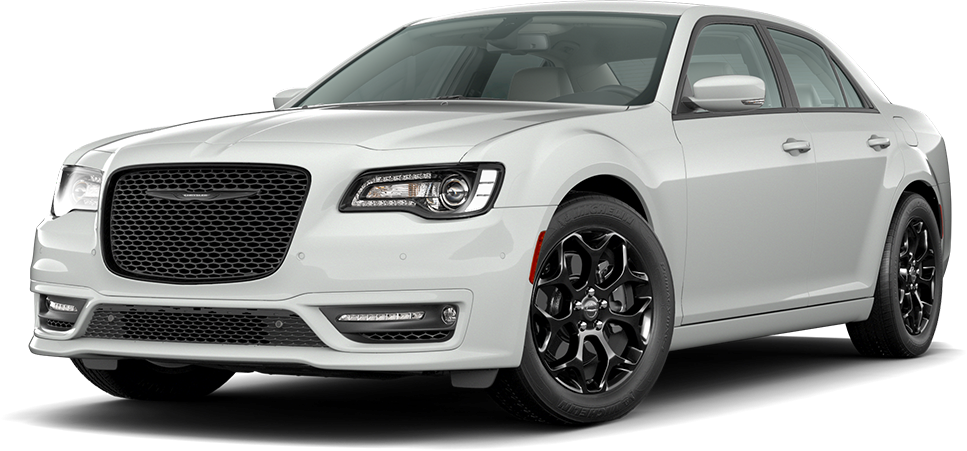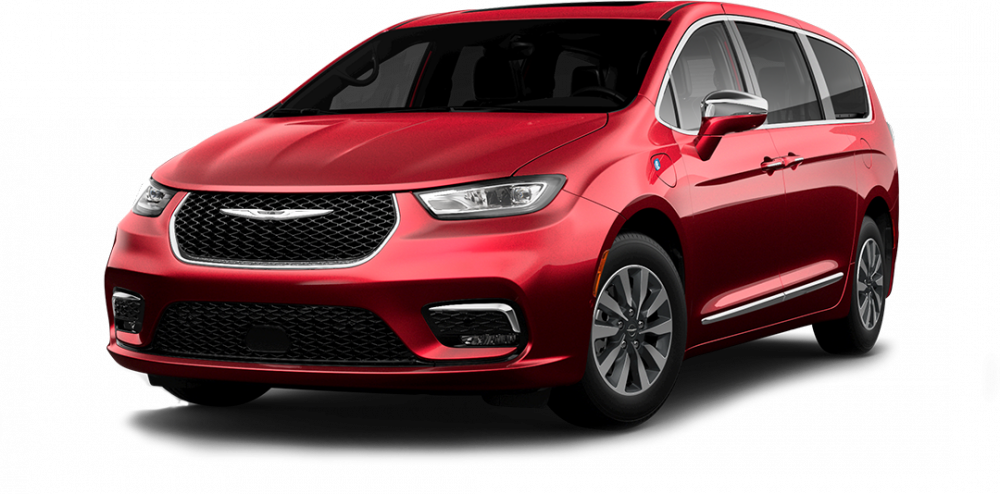Towing is a common task for many residents of Norco, CA, whether you're hauling a horse trailer to the George Ingalls Equestrian Event Center or towing a boat for a weekend at Lake Perris. However, towing safely requires more than just attaching a trailer to your vehicle. Understanding the right techniques and following essential safety guidelines is key to ensuring a smooth and secure towing experience. From checking your vehicle's towing capacity to properly distributing weight on your trailer, there are many factors to consider to avoid any mishaps on Norco's streets or highways. With a bit of preparation and the right know-how, you’ll be towing with confidence in no time.
Safety Tips and Techniques for Effective Towing in Norco, CA
Towing is a common necessity for many residents of Norco, CA, whether you’re hauling horse trailers to the George Ingalls Equestrian Event Center, boats for weekend getaways at Lake Perris, or recreational vehicles for trips to the nearby mountains. With a strong culture of outdoor activity and a large equestrian community, it’s important to be well-versed in the techniques and safety measures that ensure your towing experience is as smooth and safe as possible. Many towing incidents are preventable by following proper preparation and handling techniques. This article will provide a detailed look into the best practices for towing safely and effectively around Norco, offering key insights to help you feel confident every time you hit the road with a trailer behind you.
Vehicle Preparation: Knowing Your Vehicle’s Towing Capacity and Check Your Hitch and Trailer Connection
Before you set out to tow anything, it’s critical to make sure that your vehicle is fully prepared for the task at hand. Preparation is key to preventing accidents and ensuring that your towing experience goes smoothly. From checking your vehicle’s capabilities to ensuring proper weight distribution, this phase is crucial in avoiding mechanical failures or dangerous situations while towing.
One of the most important factors to consider before towing is knowing your vehicle’s towing capacity. This is the maximum amount of weight your vehicle can safely pull, which includes both the trailer and its contents. Towing more than your vehicle’s recommended capacity can cause strain on your engine, transmission, and braking system, potentially leading to serious damage or even accidents on the road. If you live in Norco and frequently tow horse trailers or large recreational vehicles, you’ll want to ensure that your truck or SUV is designed to handle heavy loads. To find your vehicle’s towing capacity, check the owner’s manual or look for a sticker on the driver’s side door jamb, which often lists the Gross Vehicle Weight Rating (GVWR) and Gross Combined Weight Rating (GCWR). These numbers tell you the maximum weight your vehicle can carry and tow, respectively. It’s essential to respect these limits, especially when towing through Norco’s hilly terrain, where overloading can cause dangerous handling issues, particularly when going downhill.
Another critical aspect of preparation is making sure that your hitch and trailer connections are properly secured and matched for your towing needs. The hitch you choose should match the type of trailer and load you’re pulling. Hitches are categorized into different classes, ranging from Class I (for lightweight towing) to Class V (for heavy-duty towing). Ensuring you have the right hitch for your trailer will make a big difference in handling and safety.
Once you’ve confirmed that you have the correct hitch, it’s time to secure your trailer. Make sure the ball mount is the right size for your trailer’s coupler, and double-check that the coupler is properly latched and locked into place. Additionally, always connect the safety chains from your trailer to your vehicle in a crisscross pattern underneath the hitch. This technique ensures that the trailer stays attached to the vehicle even if the coupler becomes disconnected, which is especially important on Norco’s winding roads or uneven surfaces.
Before driving, inspect your trailer’s electrical system. Brake lights, turn signals, and running lights are vital for communicating with other drivers, particularly when towing in rural areas with less street lighting. Test these lights before hitting the road to ensure they’re functioning properly.
Weight Distribution and Control: Maintaining Balance and Stability
Weight distribution plays a crucial role in towing safely, especially when navigating the varied terrain around Norco. Uneven or improper weight distribution can cause a range of problems, from swaying to loss of control while driving. Understanding how to properly distribute your load and maintain control will help keep your vehicle stable and your ride smooth.
When loading your trailer, it’s important to ensure that the weight is properly balanced. Too much weight at the front or rear of the trailer can cause handling problems. Ideally, about 60% of the load should be placed in the front half of the trailer, near the tongue, and 40% in the rear. This distribution helps maintain stability and control while driving. If you’re towing a horse trailer or another type of large load, securing the heaviest items at the front of the trailer will help prevent sway and improve your vehicle’s handling on Norco’s hilly roads.
It’s also important to consider the height and width of the load. Higher loads are more prone to wind resistance, which can lead to sway at higher speeds. If you’re towing a tall load, like a boat or recreational vehicle, take extra care when driving in windy conditions. Keeping the load as low as possible and evenly distributed will help reduce the risk of swaying. Additionally, always ensure that the trailer’s weight does not exceed the recommended tongue weight, which is the downward force the trailer exerts on the hitch ball. The general rule of thumb is that the tongue weight should be around 10% of the total loaded trailer weight. For example, if your trailer weighs 5,000 pounds when loaded, the tongue weight should be about 500 pounds. Exceeding this weight can cause the trailer to become unbalanced and difficult to control, particularly on the curvy roads around Norco.
Controlling Trailer Sway
Trailer sway is one of the most dangerous situations you can encounter while towing. It happens when the trailer starts to fishtail or swing from side to side, often due to improper weight distribution, strong crosswinds, or excessive speed. If left unchecked, trailer sway can lead to a loss of control, causing the vehicle and trailer to jackknife or even flip.
To prevent sway, always drive at a moderate speed, especially when towing on highways or unfamiliar roads in Norco. Avoid sudden lane changes or sharp turns, as these can exacerbate sway. If you do feel the trailer start to sway, avoid the instinct to overcorrect. Instead, take your foot off the gas, hold the steering wheel steady, and gently apply the brakes to bring the vehicle and trailer back under control. Some modern vehicles come equipped with trailer sway control systems, which use electronic stability control to detect and correct swaying. If your vehicle has this feature, make sure it’s activated before towing, especially on long trips or when towing in windy conditions. Using a weight distribution hitch or sway control bars can also help minimize the risk of sway.
Driving and Maneuvering: Handling the Roads with a Trailer
Once your vehicle and trailer are properly prepared and loaded, it’s time to hit the road. Driving with a trailer requires a different skill set than regular driving, as you’ll need to account for the extra length, weight, and reduced maneuverability of your vehicle. Whether you’re towing through Norco’s residential streets or heading to a campsite, understanding how to drive and maneuver safely is key to avoiding accidents.
One of the first things you’ll notice when towing a trailer is that your vehicle’s turning radius is significantly wider. This is especially true when navigating tight turns, like those you might encounter around Norco’s residential areas or parking lots. To avoid clipping curbs or hitting other vehicles, always make your turns wider than you would when driving without a trailer. Use your side mirrors to monitor the trailer’s position and ensure that it clears obstacles.
Braking is another area where towing differs from regular driving. The added weight of the trailer means that it takes longer to stop, so you’ll need to give yourself extra distance between your vehicle and the car in front of you. Start braking earlier than usual, especially when approaching traffic lights or stop signs. If your trailer has its own braking system, make sure it’s functioning properly and that it’s synchronized with your vehicle’s brakes. This ensures that the trailer slows down at the same rate as your vehicle, reducing the risk of skidding or jackknifing.
Backing up with a trailer can be one of the most challenging aspects of towing, but with a little practice, it becomes much easier. The key to backing up a trailer is to remember that the trailer will move in the opposite direction of your steering input. If you want the trailer to go left, turn the steering wheel to the right, and vice versa. Go slow, and use small steering adjustments to guide the trailer into position. If you’re parking in a tight space, like at a crowded event in Norco or a small campsite, consider having a spotter help guide you. A spotter can give you clear directions and help you avoid obstacles that might be hard to see from the driver’s seat. Don’t be afraid to pull forward and realign if you need to—there’s no rush when it comes to parking safely.
When parking on a hill, always use wheel chocks to prevent the trailer from rolling. Make sure the parking brake is engaged on both your vehicle and the trailer (if it has one). Additionally, turning your wheels toward the curb when parking on an incline will provide an extra layer of safety in case the vehicle starts to roll.
Trailer Maintenance: Keeping Your Equipment in Top Shape
To ensure safe towing trips time after time, it’s important to keep both your vehicle and trailer in top condition. Regular maintenance checks will help you identify potential issues before they become serious problems, reducing the risk of breakdowns or accidents on the road.
One of the most critical components of your towing setup is the tires—both on your vehicle and your trailer. Underinflated or worn-out tires can lead to blowouts, especially when towing heavy loads on Norco’s highways or rougher roads. Always check your tire pressure before setting off on a trip, and make sure it’s in line with the manufacturer’s recommendations for both the vehicle and the trailer. In addition to checking tire pressure, inspect the tread depth and overall condition of the tires. If you notice any signs of excessive wear, cracking, or bulging, it’s time to replace the tires. Keep in mind that trailer tires tend to wear out more quickly than vehicle tires, especially if they’re subjected to heavy loads or long distances.
Discover Towing Solutions at Aaron CDJR of Norco
Whether you're a seasoned pro or towing for the first time, keeping safety top of mind is crucial. Regular maintenance checks, ensuring proper tire pressure, and using the right hitch are just some of the best practices to follow when towing. In a place like Norco, where the roads can lead you from city streets to rural trails, it's important to be fully prepared for any terrain or situation. By mastering these towing techniques, you can protect your vehicle, your cargo, and others on the road, allowing you to enjoy your time outdoors without any added stress. So, before your next adventure, make sure you're well-versed in safe towing to keep things running smoothly.
At Aaron CDJR of Norco, we understand that the right vehicle makes all the difference when it comes to towing safely and efficiently. If you're in the market for a new vehicle, we invite you to explore our wide range of New Inventory, offering options that are built for both performance and practicality.
For those seeking more budget-friendly alternatives, we have a fantastic selection of Pre-owned inventory, all thoroughly inspected to ensure they meet our high standards. Whether you're considering a new or pre-owned vehicle, our team is here to guide you through the financing process, and you can even get pre-approved by filling out our Financing Application online.
Once you've found your perfect vehicle, regular maintenance is key to keeping it towing-ready. Our service department is equipped to handle all your vehicle's needs, and you can easily Schedule a Service to ensure your car or truck stays in peak condition. Additionally, we offer Special Offers on both new and pre-owned vehicles, helping you get the best deal possible.
If you're curious about your financing options, use our Credit Estimator to get an idea of what kind of loans you qualify for. Ready to take the next step? Schedule a Test Drive and experience firsthand how your next vehicle can handle all your towing needs. We’re here to help you find the perfect fit for your lifestyle in Norco, ensuring you have a vehicle that’s not only powerful but also reliable for all your adventures.

